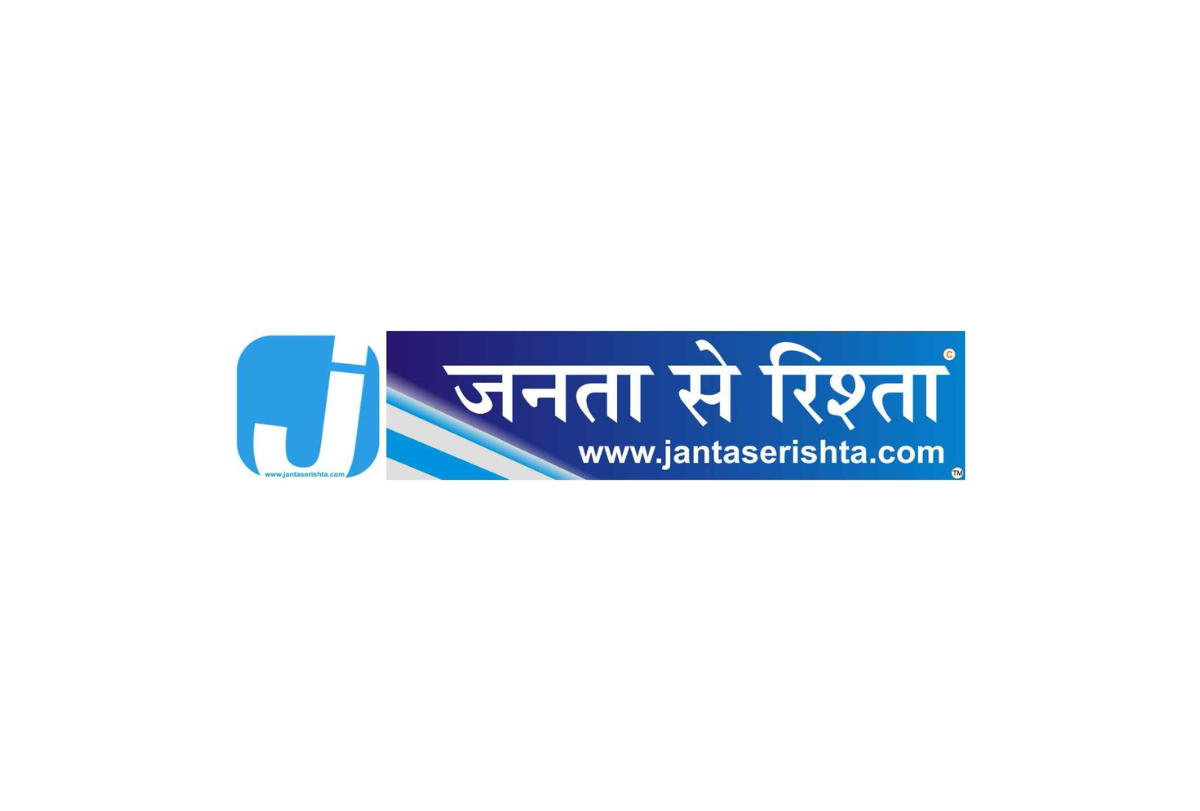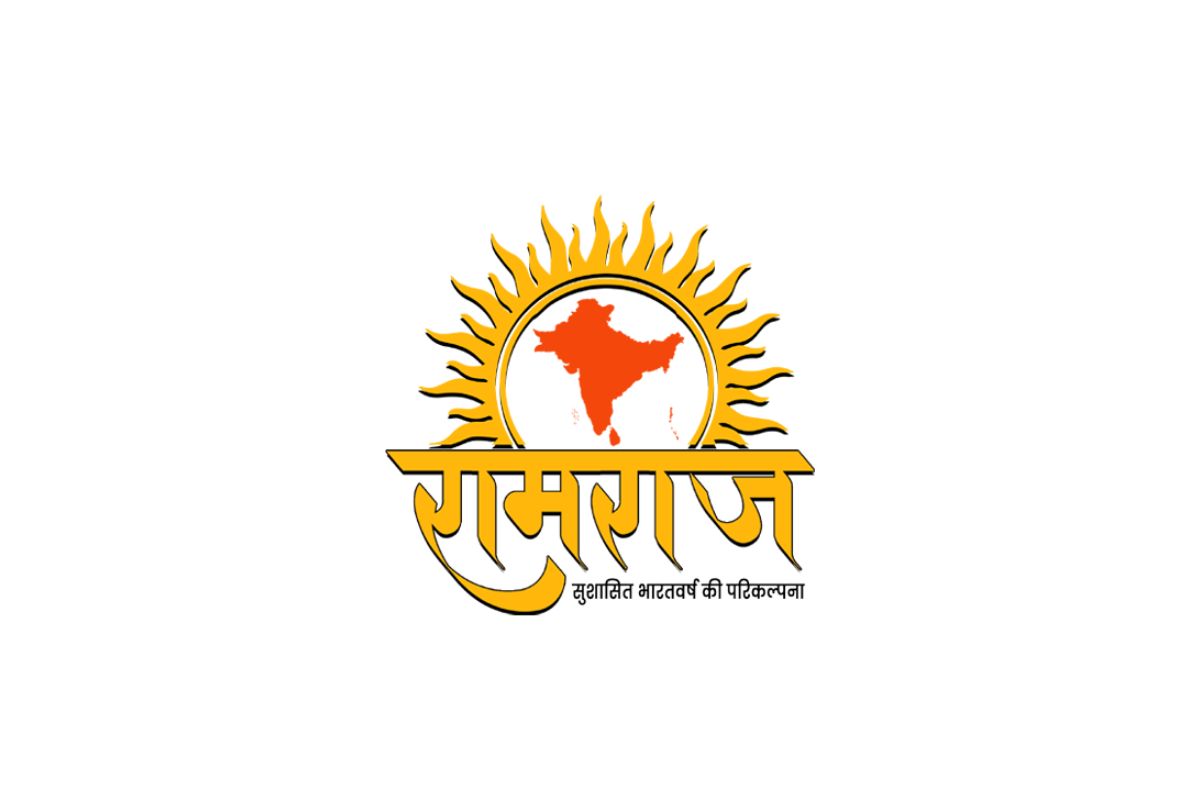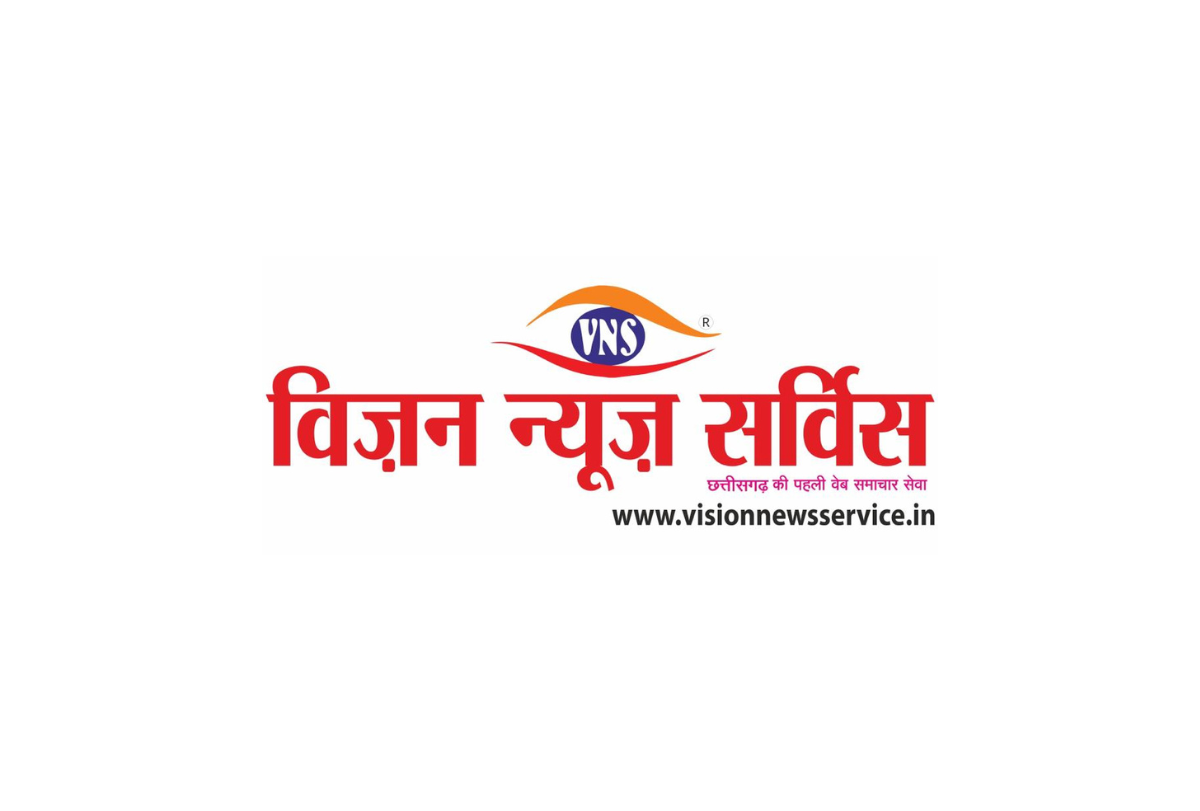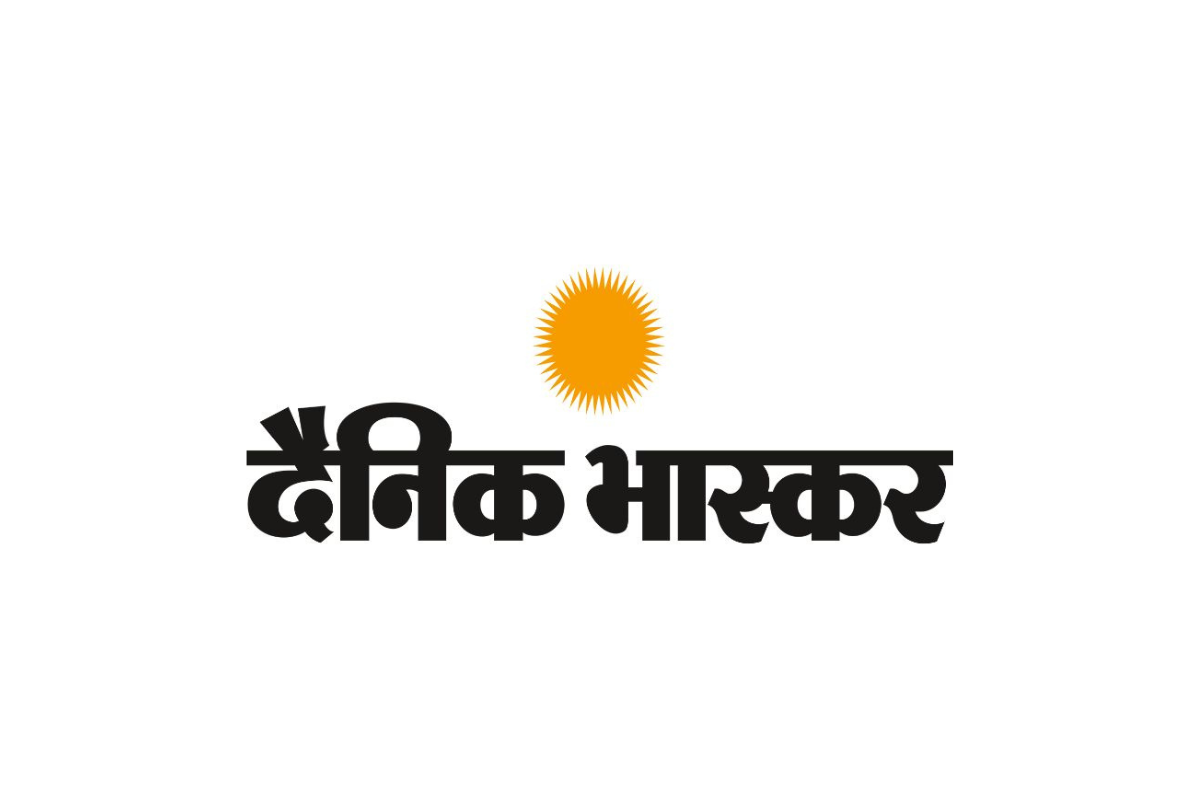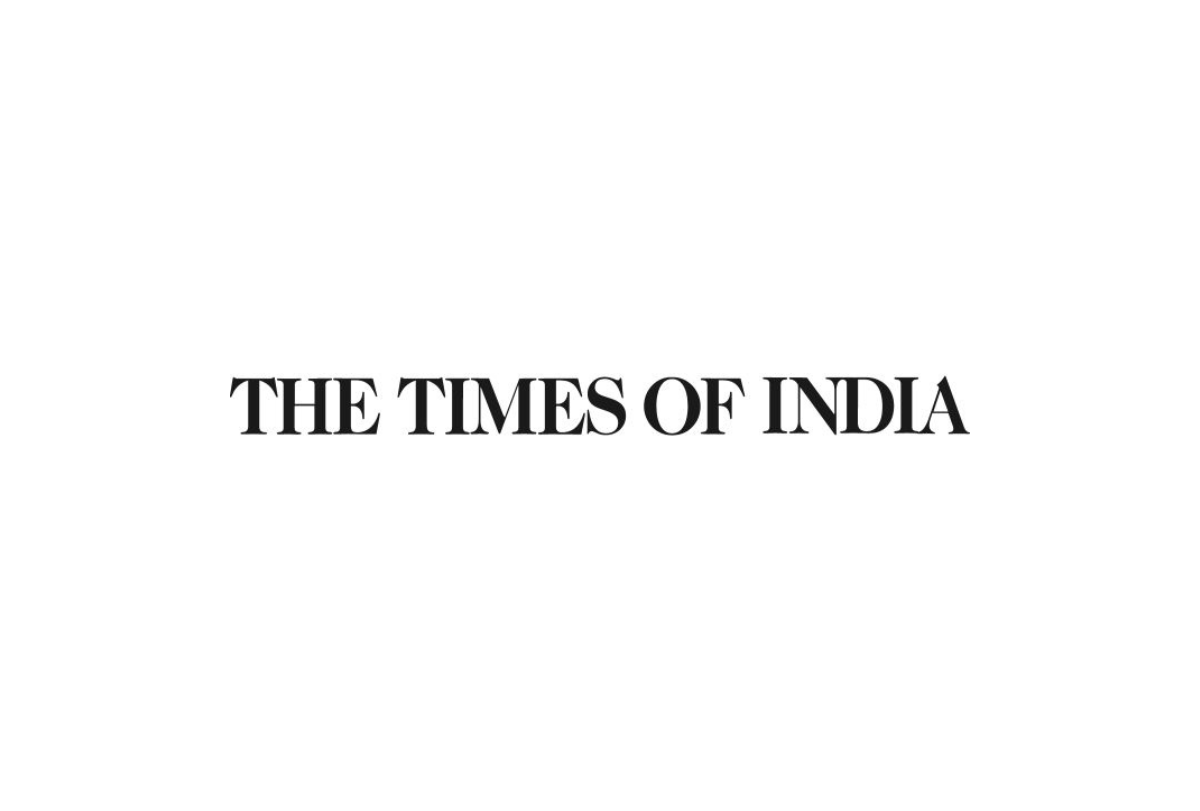India’s population of the girl child and adolescents is 253 million as per UNICEF report and the sex ratio at birth is 929 per 1000 male children as per NFHS-5. To begin with anecdotal evidences, in 2013, I was endowed with the opportunity of developing a programme on a mission mode of reducing Infant mortality rate in the tribal block of Attappady of Palakad district of Kerala.
The IMR rate at 54 stood above the National Average (Rozario, 2013). In contradiction to the laudable human development indicators in Kerala, this predominant tribal block had deplorable figures of high IMR, MMR, child marriages, low life expectancy, trafficking, sexual abuse, unwed motherhood as in the other tribal pockets of Kerala. The development gaps were high. Issues of indiscriminate land alienation, sexual abuse of adolescents by settlers to alienate land, forced out of rich traditional form of cultivation which was a mix of edible leaves, millets, tubers, vegetables and pulses and resultant deprivation of traditional nutritious diet and dependence on ration rice, lack of access to entitlements, schooling in crammed hostels, overcrowding and exclusionary practices in schools leading to high drop-out impacted on the physical and mental health of the girl child and adolescents.
Child marriages, malnourishment and anaemia caused high IMR and MMR. The project from NRLM, MORD was designed to address these issues. This was one scenario of the precarious situation of tribal girl children caused due to huge developmental lag and exploitation. The situation is similar in several blocks of the country on high alert for IMR and MMR. The IMR for the country is 35.2 per 1000 live births and 41.9 under five mortality rate and cause of severe alarm and requires concerted efforts.
In another instance, as part of the Mahila Samakhya programme designed and implemented under the National Education Policy of MHRD, in 2008, in Kerala, to deal with high instances of child sexual abuse, a programme for gender education of teachers and educational functionaries was designed in coordination with Education department, Planning Board and UNICEF. As a concrete measure, help-desks were set up by Mahila Samakhya and SSA in all schools of Kerala and several children were rescued from sexual abuse, rehabilitated, and educated through Mahila Shikashan Kendra. One of the successfully won battle of resistance was when a survivor of abuse won the State Award on women’s Day by the Renowned Ex Health Minister, Shailaja. She had been sexually abused by her father and 12 other men in powerful position. All the men were imprisoned and sentenced to life imprisonment. The Sentence was upheld by high court.
The entire family of three girl children were educationally supported. The survivor was supported to become a lawyer. A long-drawn support of 12 years. Child sexual abuse, as witnessed in God’s own country preys upon girl children’s safety and security. The programme of Mahila Samakhya which worked on the educational empowerment of girl children and women was closed down in the entire country.
About the author: Seema Bhaskaran is the Lead-Gender at Transforming Rural India Foundation. All views/opinions expressed in the article are of the author.


